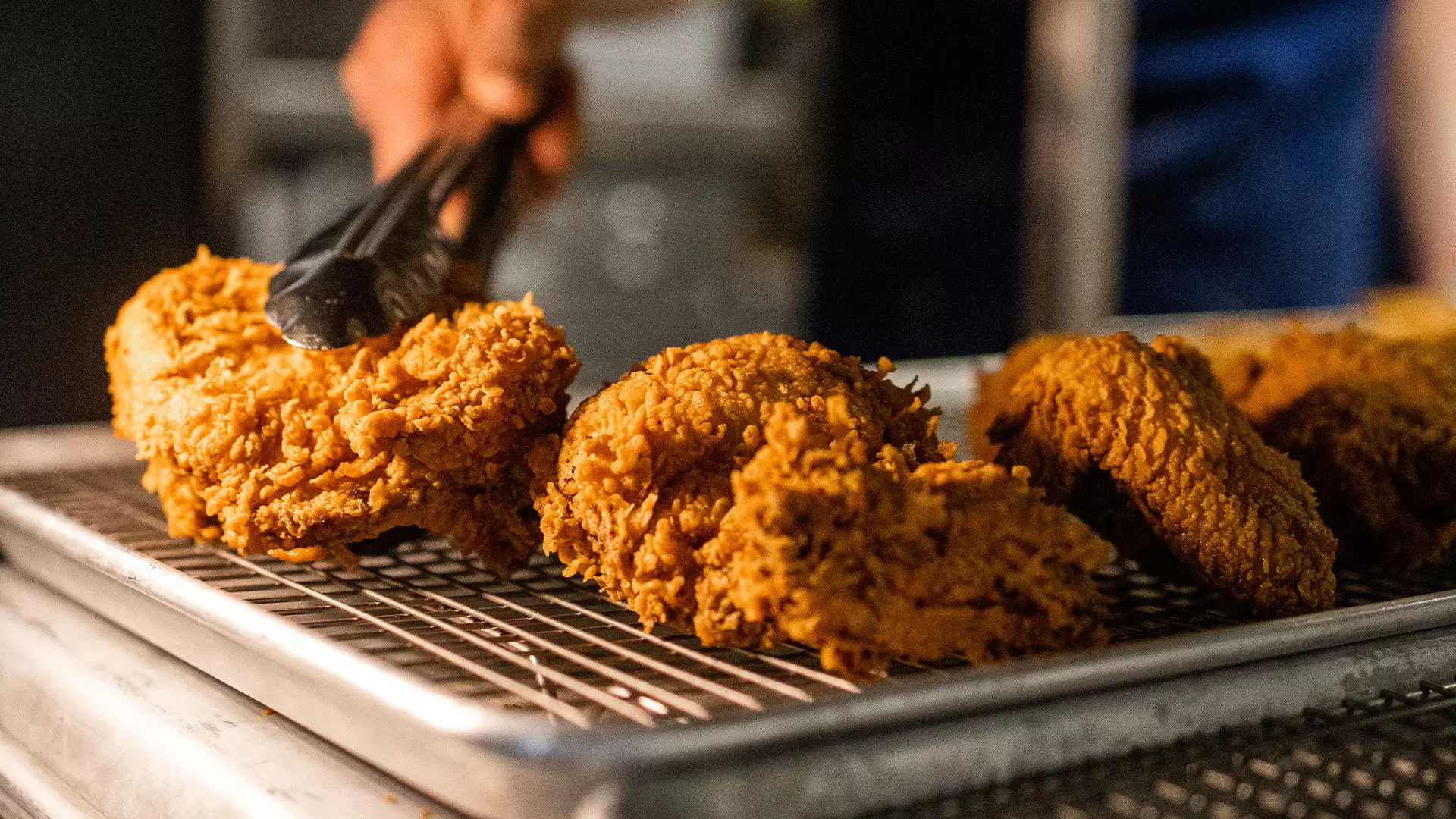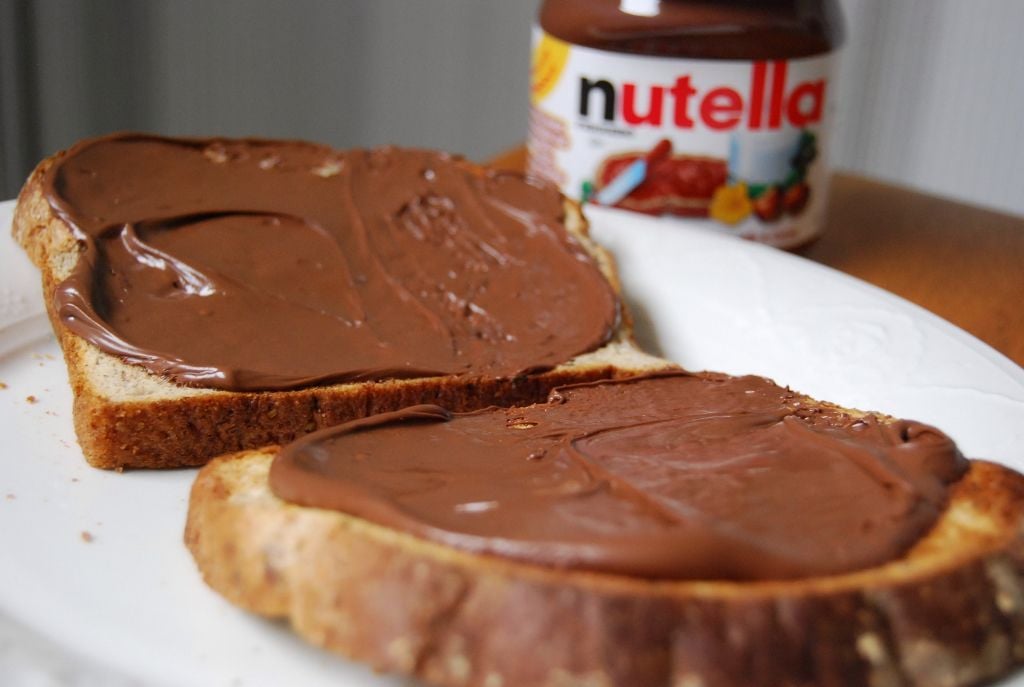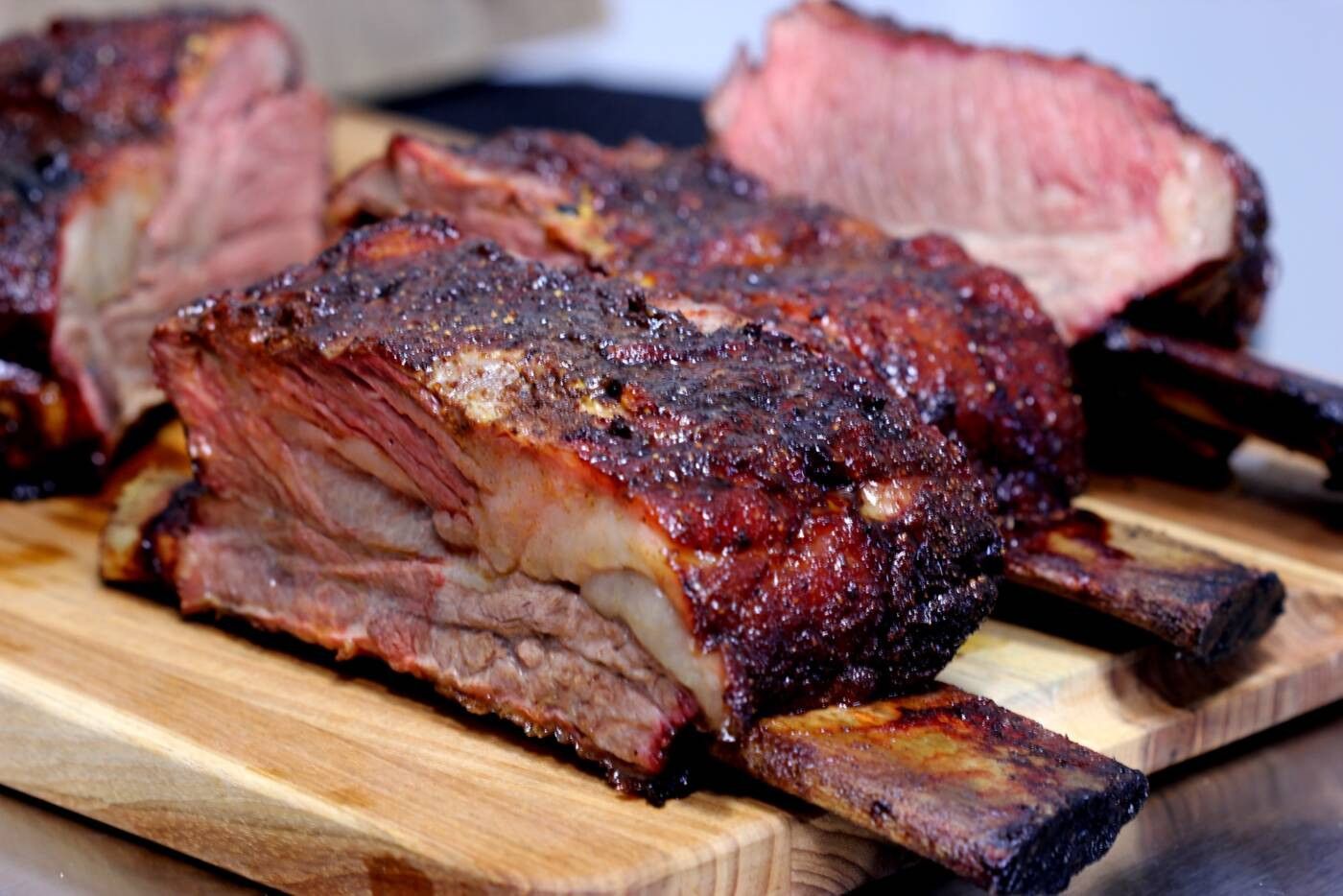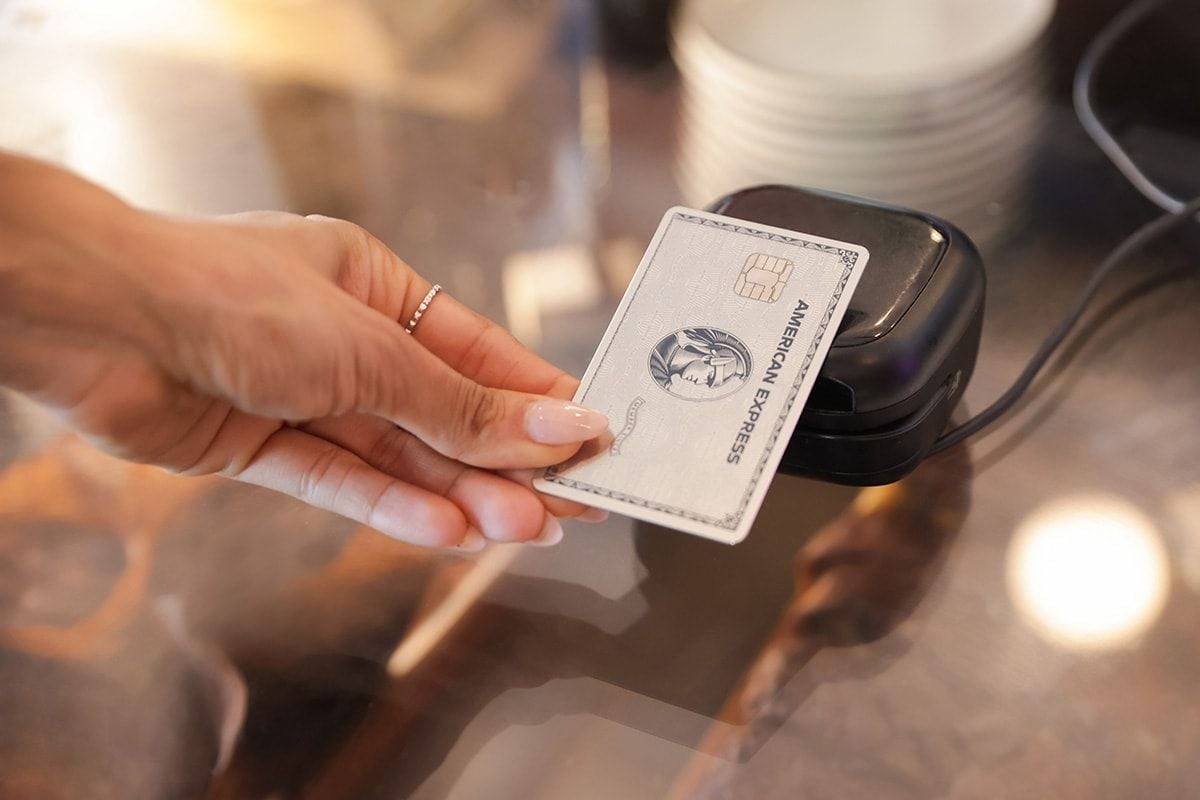
"Chai Lattes in the US: A Twist on the Traditional Indian Beverage"
- Dec 14, 2024
Chai tea has found its place in the hearts and menus of many American coffee shops, from multinational chains to charming, independent cafes. Despite the drink's Indian origins, striking a golden balance of taste and health benefits, the version we find in the United States varies significantly from its traditional variant.
This revelation comes from a recent assessment published by Consumer Reports. Registered dietitians state while it's perfectly healthy to enjoy a chai latte now and then, it's beneficial to understand exactly what you're savoring.
The term we frequently use, 'chai tea,' is inherently repetitious, explains Meherwan Irani, a five-time James Beard-nominated chef and owner of Chai Pani Restaurant Group. The word "chai" translates to "tea" in Hindi, making the use of both redundant. The correct terminology should be simply chai, chai latte, or 'masala chai'.
The original version of chai is a blend of black tea leaves, piquant spices like black pepper, cardamom, cinnamon, cloves, ginger, and star anise, combined with milk and sweetener. In contrast, the chai available in most American stores is far from this. "The usual practice in coffee shops doesn’t involve brewing chai," says Irani. "They merely warm milk and mix in a syrup concentrate."
Conversely, traditional chai has positive effects on health. Nancy Oliveria, RD, manager of the nutrition and wellness service at Brigham and Women’s Hospital, explains, “Traditional masala chai is a mix of black tea and milk, slowly simmered with various spices, creating a delightful aroma. Both the black tea and spices possess antioxidant and anti-inflammatory properties, beneficial to health.”
American versions of chai, however, have dietitians concerned due to their sugar content. When loaded with extra sugar, traditional chai's health benefits, such as aiding digestion and regulating blood sugar levels, get overshadowed, warns Gabby Headrick, PhD, assistant professor in the Department of Exercise and Nutrition Sciences at George Washington University Milken Institute School of Public Health.
For instance, popular items like Tazo Classic Chai Latte concentrate mix contains 24 grams of added sugar per serving, and a grande chai latte from Starbucks has 42 grams of sugar. “The usual sweeteners used in masala chai are honey or sugar, but not nearly as much as what gets added to the chai tea lattes found in coffee shops and chai tea latte mixes,” Oliveria adds. The types of ingredients used in these lattes, which can sometimes include ‘natural’ or artificial flavorings instead of actual spices, affect the health benefits too.
Scott Keatley, RD, co-owner of Keatley Medical Nutrition Therapy, likens coffee shop chai tea lattes to “a distant cousin of traditional masala chai.” The issue with the extra sugar is the impact on health when consumed excessively, says Keatley, which could lead to weight gain, higher risk of type 2 diabetes, dental problems, and energy slumps.
The American Heart Association recommends a daily consumption of not more than about 24 grams of added sugar for women and 36 grams for men, a benchmark the American version of chai often equals or exceeds.
Irani underscores that brewing traditional chai is a meticulous process. "Indian chai involves slow brewing with milk, tea leaves, and whole spices," he says. This includes scalding the milk carefully to help the tea leaves steep, resulting in a well-rounded mixture. "It's a thoughtful ritual," Irani agrees, adding that it takes around 45 minutes to prepare his restaurant's chai.
"It's something more intimate than just dunking a tea bag in hot water," says Irani, emphasizing the importance of each ingredient, "Making chai requires your attention."
However, if you enjoy an American-style chai latte, there's no immediate need to refrain from it. Dieticians recommend occasional indulgence, keeping moderation in mind, and possibly requesting it with less syrup, suggests Keatley. Pairing it with a balanced meal or snack is a good habit to balance its effects. "Think of it as a treat, rather than a daily staple," he suggests.






